How to prune snapdragons? Experts provide their top tips
Simple methods for pruning snapdragons to keep them healthy – gardening experts advise how to get the best blooms
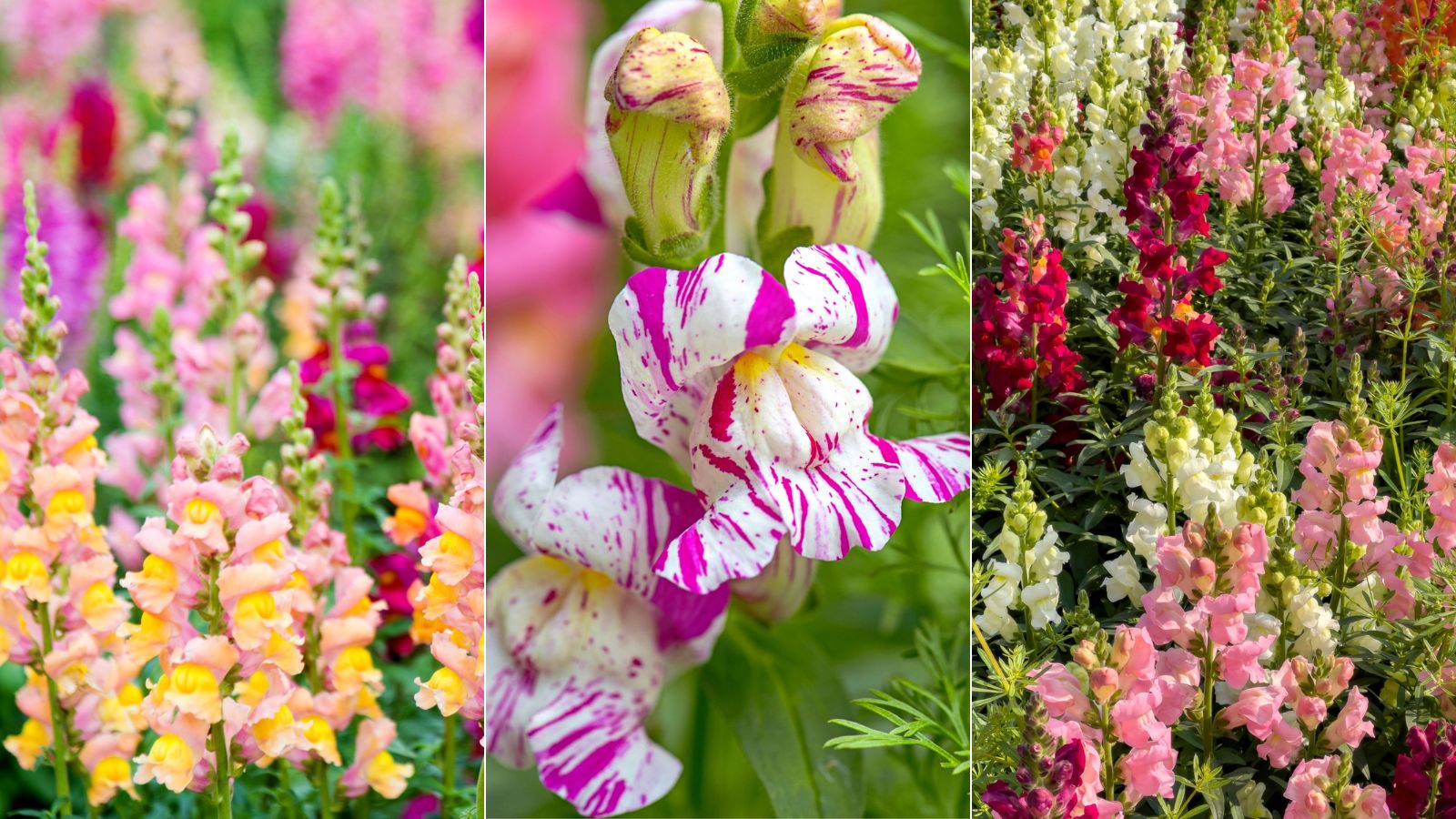

It's simple: prune snapdragons and you will get more flowers for longer. These charming blooms, who were given their name thanks to their dragon-like flower heads, are easy to grow, beautifully colorful and eye-catching in a border.
For anyone growing snapdragons for the first time this summer, or simply needing to refresh their knowledge of how to maintain these flowers, factoring pruning into their maintenance routine is a must.
Zahid Adnan, gardening expert and founder of The Plant Bible shares, 'Pruning snapdragons (Antirrhinum majus) is an essential practice for promoting healthy growth, enhancing their appearance, and prolonging their blooming period.'

Zahid Adnan is the Founder and Editor of The Plant Bible , as well as managing a plot of 10-hectare agricultural land. He is also involved in a project to develop sustainable urban farming practices by utilizing farming technologies to increase food production and reduce environmental impacts.
How to prune snapdragons
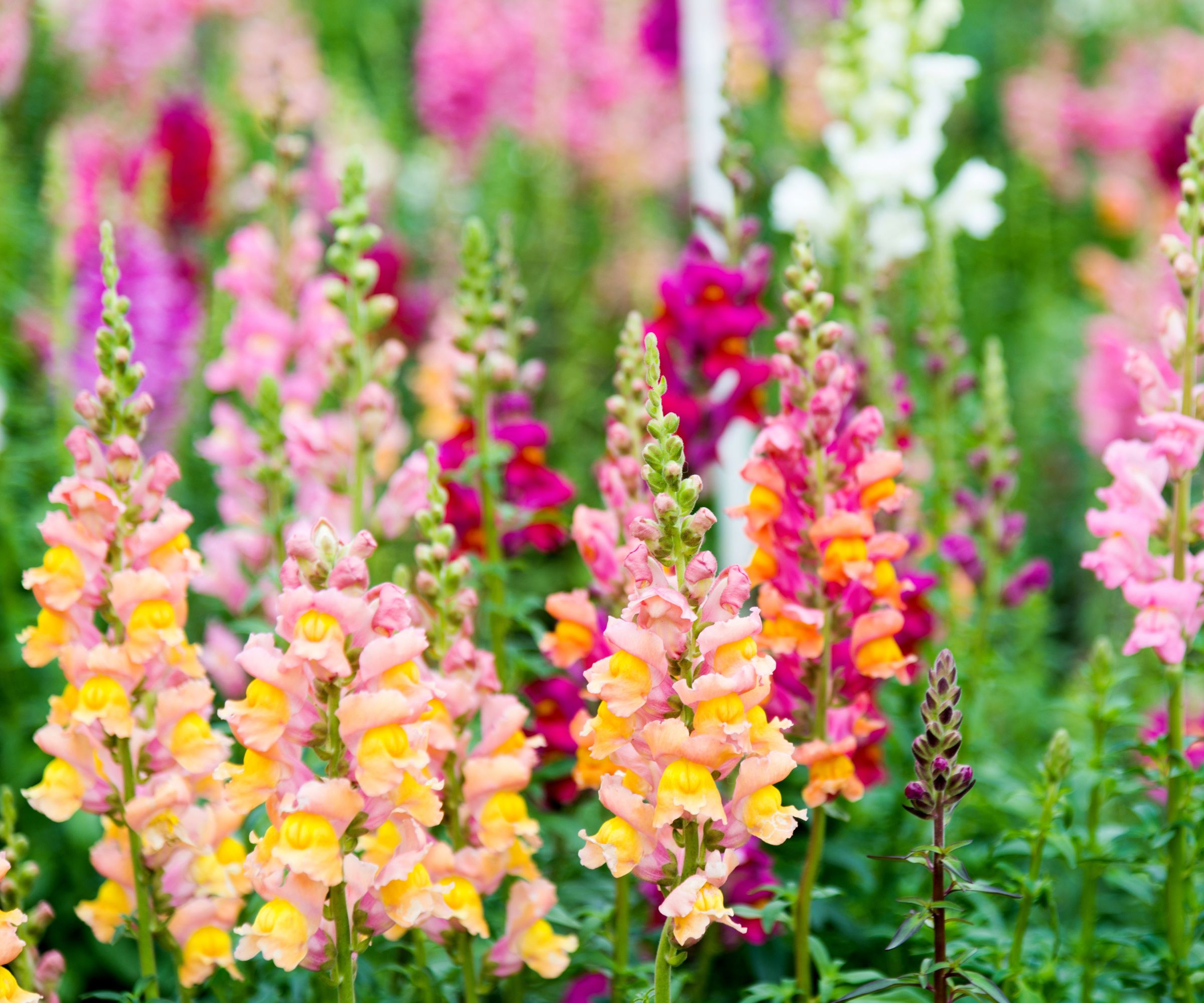
When summer hits, often your snapdragons will be less inclined to produce new and healthy blooms, that is, unless you prune them to reset the plants and encourage new flowers. This low-maintenance job will quickly pay off, in both the health and appearance of your snapdragons.
Our expert advice will help guide you on know how prune your snapdragons in a few simple steps.
1. Deadhead regularly
Zahid Adnan, gardening expert and founder of The Plant Bible continues, 'Regular deadheading [that is cutting off dead or dying flowers] is crucial for snapdragons to encourage continuous blooming.
'Remove spent flower spikes by cutting them back to a leaf node or lateral stem. This practice prevents the plant from diverting energy into seed production and redirects it toward new flower bud formation.'
Jacky Chou, Principal and Director at Laurel & Wolf adds, 'Removing the faded blooms involves cutting the stem just above a healthy leaf or bud.'
This will often mean chopping off around 1 to 2in off the flower's stem, however, if the flower seems to be wilting, you'll want to cut off all the unhealthy-looking parts to allow the plant to redirect its energy to growing new blooms.

Jacky Chou is the Principal and Director at Laurel & Wolf online interior design agency. Jacky is also Principal and Director at Archute, an editorial magazine about architecture, home and garden. They have been referenced by The New York Times, Bustle, House & Home, Bloomberg, and Angi.
2. Pinch back
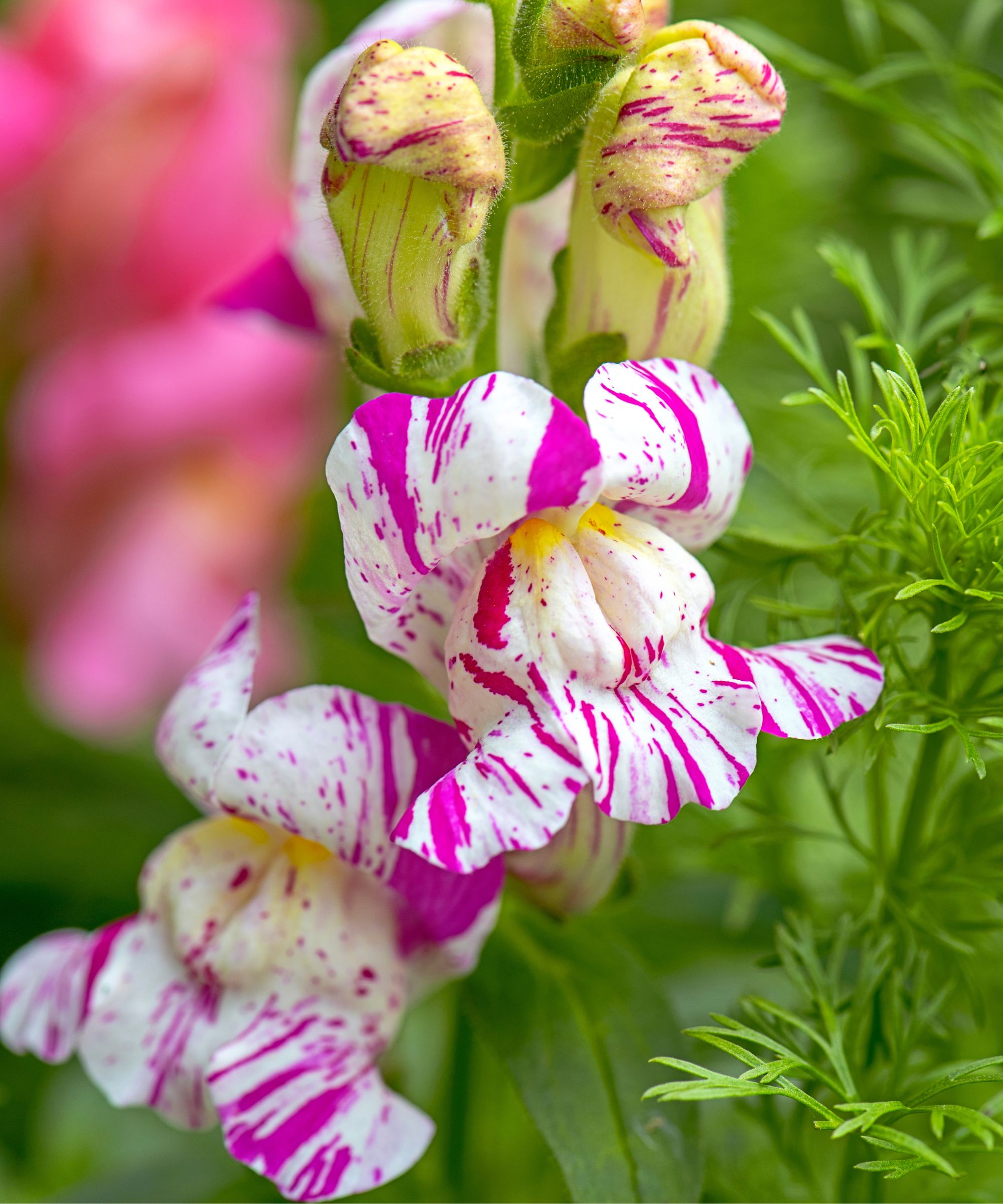
Jacky Chou, Principal and Director at Laurel & Wolf recommends, 'To promote bushier growth and fuller plants, pinch back the growing tips of young snapdragon plants when they are around 6 to 8 inches tall.
'This can be done by simply using your fingers to pinch off the top few inches of each stem. Pinching encourages lateral branching and results in more flower spikes,' in addition to more compact growth.
This can maximize the flowers you already have planted, and mean your borders won't have any disappointing gaps or need to be replanted.
3. Thin
Zahid Adnan says, 'If snapdragons become overcrowded or leggy, thinning can help improve their overall appearance and airflow. Identify weak or leggy stems and remove them at the base, allowing the stronger stems to thrive. Thinning also reduces the risk of disease and pests.'
Preserving air circulation for snapdragons is important, so when you are pruning a group of snapdragons, selectively cut back stems or less healthy plants to make sure they stay properly ventilated.
4. Shape your snapdragons to your preference
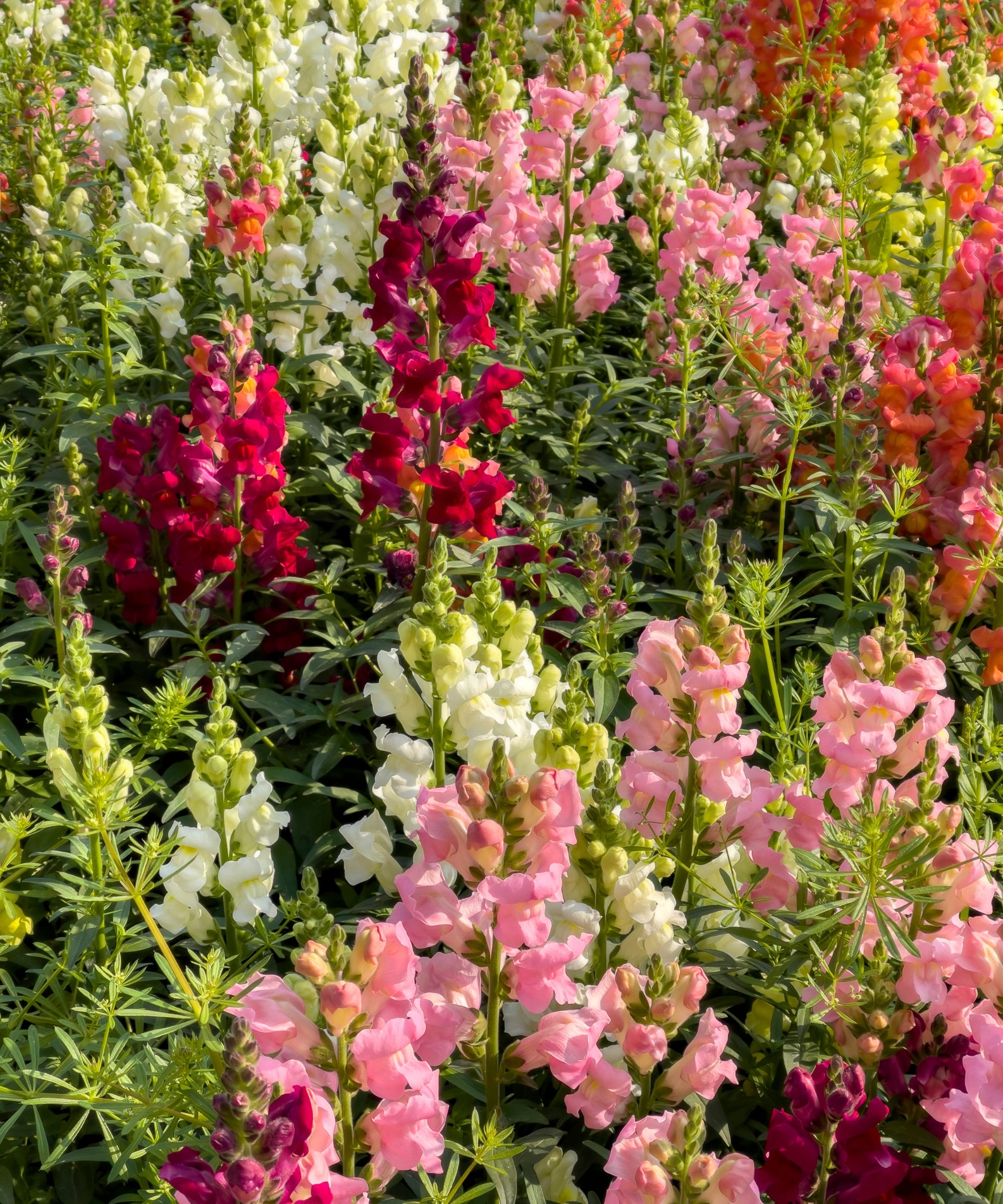
Be sure to assess the size of your snapdragons before pruning. Obviously you want to cut back any dying or dead areas, but if you are hoping to achieve tall standing snapdragons, over-pruning them can inhibit growth. If you, however, want a them to stay shorter then this shouldn't be a problem.
Although there is a right way to prune snapdragons to keep them healthy and blooming, you have creative licence over their overall height and size, so trust your gardener's eye!
Zahid Adnan also advises that 'snapdragons have varying growth habits and sizes, so adjust your pruning techniques accordingly. It's always recommended to observe the specific needs and growth patterns of the snapdragon cultivar you're working with, as they may differ slightly.
'By following these pruning practices, you can keep your snapdragons looking tidy, encourage healthy growth, and promote continuous flowering throughout the growing season.'
5. Prune spent stems
Jacky Chou advises, 'Once the main flowering period is over [which will normally be late spring or early summer], trim back the entire plant by cutting back about one-third of the stem length. This helps rejuvenate the snapdragon, encourages new growth, and potentially leads to a second round of blooms later in the season.'
4 expert snapdragon pruning tips
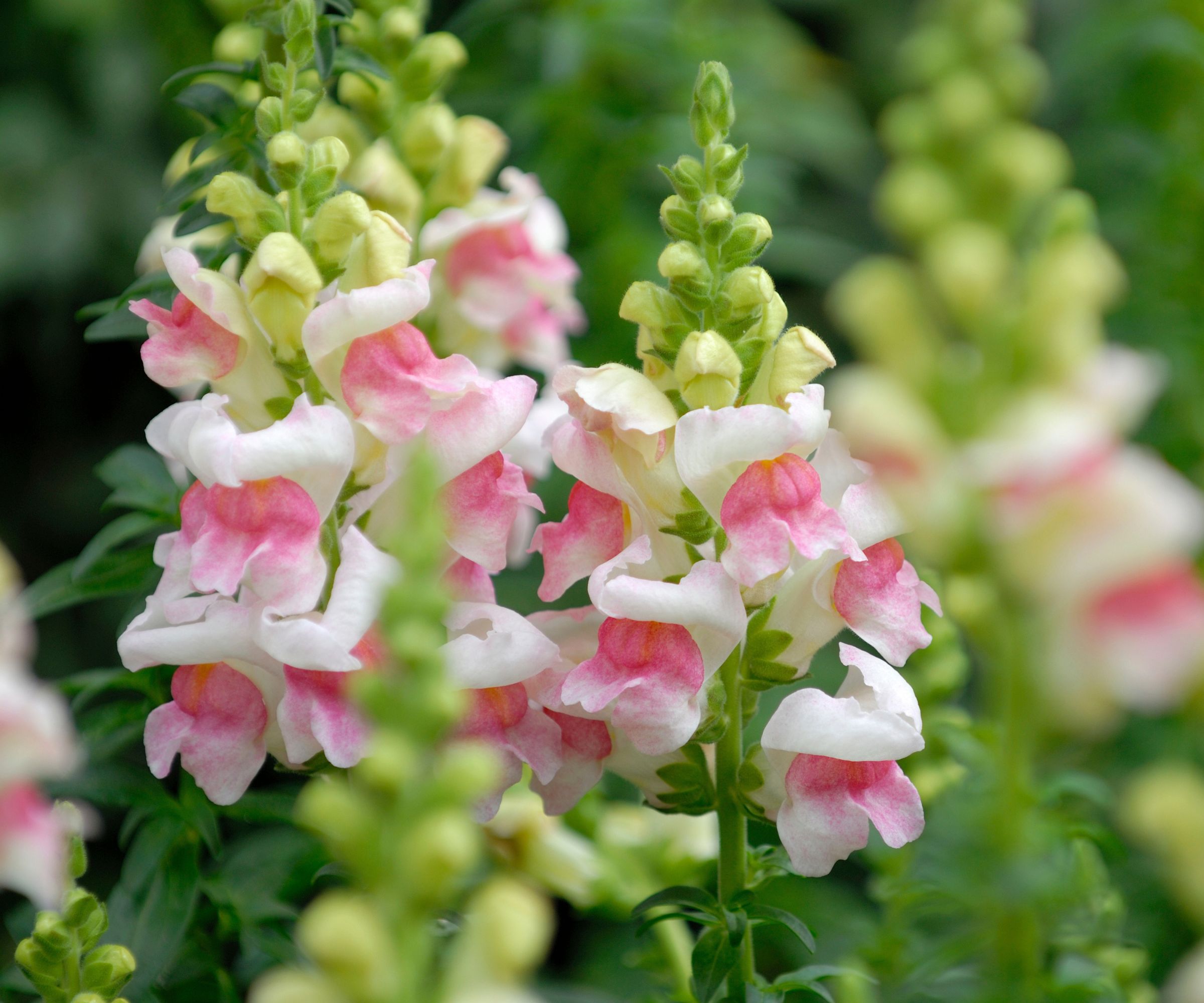
Zahid Adnan suggests there are four main points to consider around the pruning of your snapdragons:
'1. Tools: Use clean and sharp pruning shears or scissors to make precise cuts without causing damage to the plant. Sanitize the tools before and after use, especially if you're pruning multiple plants or dealing with diseased specimens.'
We recommend properly researching how to clean your garden tools in order to make pruning easier and avoiding reversing all your hard pruning work. McKesson Isopropyl Rubbing Alcohol from Walmart can be used to effectively ensure your garden tools are sanitized.
Jacky Chou agrees, 'Maintain good hygiene,' he says. 'Always use clean and sharp pruning tools to avoid damaging the plant. Make clean cuts just above a leaf node or bud. If you notice any diseased or damaged stems, remove them promptly to prevent the spread of diseases.
'2. Fertilization,' Zahid Adnan continues. 'After pruning, provide snapdragons with a balanced fertilizer to support healthy regrowth. Follow the product instructions for application rates and frequency.'
The best kind of fertilizer for snapdragons is an Expert Gardener Flower Plant Food Fertilizer, with a 10-10-10 ratio, available at Walmart.
'3. Watering: Maintain regular watering to keep the soil evenly moist but not waterlogged. Adequate hydration supports the recovery and regrowth of the pruned snapdragons.'
'4. Disease and pest management: Pruning helps in preventing and controlling diseases and pests by improving air circulation and reducing conditions conducive to their growth. Monitor the plants regularly and take appropriate action if any issues arise.'
Fungal diseases can occur as a result of high levels of humidity, which is why pruning dense areas of snapdragons is a great preventative measure to reduce illness spreading.
Jacky Chou adds, 'Pruning is just one aspect of snapdragon care. Ensure they receive proper sunlight, water, and nutrients to support healthy growth. Regularly monitor for pests or diseases and take appropriate action if any issues arise.'
FAQs
Does pruning my snapdragons depend on the season?
When you prune your snapdragons is an equally important step as doing the pruning correctly, since the season and temperature outside can change how much you need to prune your snapdragons.
Expert gardener, Drew Swainston at Homes & Gardens advises, 'Snapdragons are usually grown as annuals so the main form of pruning required is deadheading throughout the summer blooming period. This will encourage the plant to put out new blooms and prolong the flowering period for as long as possible. Identify a spent flower head and follow it back down the stem, snipping it off above a healthy set of leaves.'
Zahid Adnan, Founder of The Plant Bible suggests: 'The ideal time to prune snapdragons is in late spring or early summer when the plants have finished their initial flush of flowering. This timing allows them to recover and produce new growth before the next blooming cycle. It's important to note that snapdragons are often grown as cool-season annuals or biennials, so pruning in late summer or fall may not be necessary if they will be replaced in the next season.'
Jacky Chou advises, 'Avoid heavy pruning in fall or winter, as snapdragons need their foliage to protect them from cold temperatures.'

Drew qualified as a journalist before studying for a horticulture qualification, after which he worked as a professional gardener for several years, specializing in kitchen gardening. He's now bringing his expertise and passion to Homes & Gardens as a member of our team.
Pruning snapdragons is a simple... and possibly even enjoyable task that can prolong the iconic flowers' blooms during the summer months. Rejuvenating these multi-colored plants will enrich your garden and attract pollinators to your garden, which will benefit the rest of your plants as well.
Sign up to the Homes & Gardens newsletter
Design expertise in your inbox – from inspiring decorating ideas and beautiful celebrity homes to practical gardening advice and shopping round-ups.

Lola Houlton is a news writer for Homes & Gardens. She has been writing content for Future PLC for the past six years, in particular Homes & Gardens, Real Homes and GardeningEtc. She writes on a broad range of subjects, including practical household advice, recipe articles, and product reviews, working closely with experts in their fields to cover everything from heating to home organization through to house plants. Lola is a graduate, who completed her degree in Psychology at the University of Sussex. She has also spent some time working at the BBC.
-
 9 things designers always look to buy at an estate sale
9 things designers always look to buy at an estate saleDiscover the sought-after antique and vintage pieces interior designers always look out for at estate sales
By Pippa Blenkinsop
-
 What is cozymaxxing and have you tried it yet? Here are 7 ways to embrace the trend and create an oasis of calm
What is cozymaxxing and have you tried it yet? Here are 7 ways to embrace the trend and create an oasis of calmExperts reveal how to take the cozymaxxing trend from social media into your home with color, texture, lighting and natural materials
By Emilia Hitching